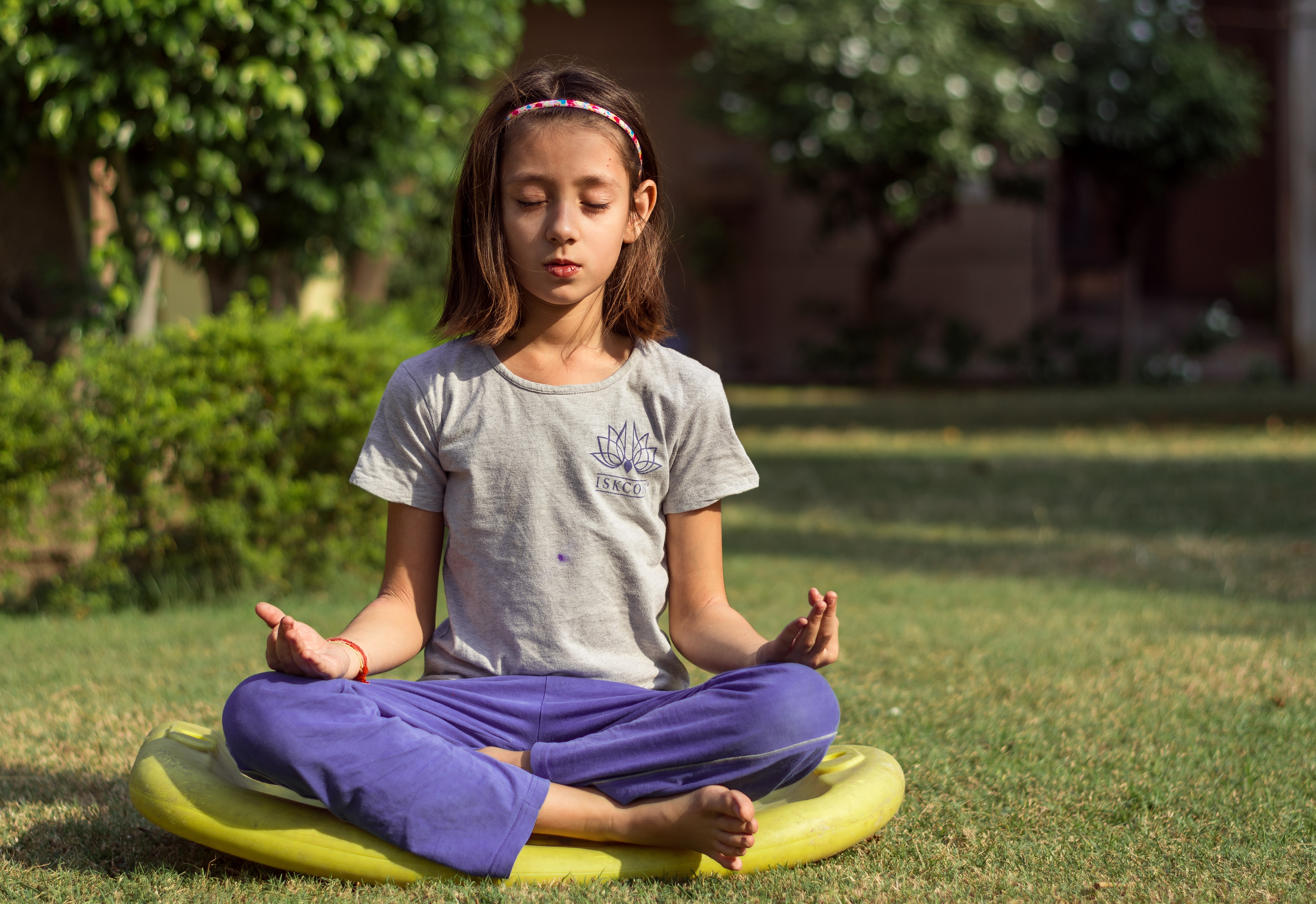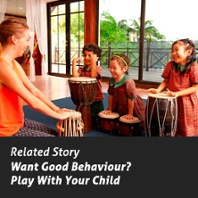
You've heard the term bandied about, there's mindful breathing, mindful yoga practices, even mindful eating. But what exactly does mindfulness mean and can it be good for children?
Mindfulness, in a nutshell, means being aware of what one is experiencing. So if it is mindful breathing you're practising, you bring your attention to each breath of air going in and going out, and how it feels filling up your lungs, expanding and contracting your diaphragm, entering and exiting your nostrils.
Mindfulness is the basic human ability to be fully present, aware of where we are and what we’re doing, and not overly reactive or overwhelmed by what’s going on around us, says website mindful.org

This ability to be present is touted to carry a whole bunch of benefits: From reducing stress, to enhancing performance, gaining insight and awareness, and increasing our attention to others’ well-being.
And it seems to also work on children! In a study conducted by National Technological University research scientist Fannie Khng Kiat Hui, it was found that something as simple as deep breathing — which does not include instructions to be mindful of the breathing — reduces anxiety and enhances test performance in children.
Last year, The Straits Times reported that a number of schools in Singapore have introduced mindfulness to their students, with the schools reporting improved focus, mood regulation and self awareness in the students.
Here are three activities for inculcating mindfulness in children, as recommended by The New York Times.
1) Breathing with a pinwheel

Illustration: The New York Times
Getting to know our bodies is an essential part of mindfulness practice. This starts with our breath. Breathing exercises can help you become more familiar with the rhythms of your body.
Step 1: With a pinwheel for your child and yourself, sit with your back straight and your body relaxed.
Step 2: Blow on your pinwheels together using long, deep breaths, and notice how you feel. Do you feel calm and relaxed? Is it easy or hard to sit still?
Step 3: Now blow on the pinwheels using short, quick breaths. How does your body feel now? Do you feel the same way after breathing quickly as you did after breathing slowly?
Step 4: Now blow on the pinwheels normally. How does this feel?
Step 5: What did you notice about how different ways of breathing makes you feel?
2) Seeing Clearly

Illustration: The New York Times
A glitter ball can help us understand the connection between mind and body.
Step 1: Take a glitter ball, a snow globe or a clear jar of water with baking soda in it, and give it a shake.
Step 2: The glitter will whirl about and the water will become cloudy. As it does, notice how you can no longer see through the water.
Step 3: Stop shaking the ball and let the glitter settle. As it does, place your hand on your belly and feel your breathing.
Step 4: Once the glitter has settled, think about what happened. The glitter didn't go away, but you can now see clearly.
Step 5: Think about how that's like the way our minds work: When our thoughts are racing, we can't think clearly. Shake the glitter ball once more and watch the glitter settle.
3) Pass the Cup

Illustration: The New York Times
By passing a cup full of water without spilling a drop, we can cultivate attention and learn about teamwork.
Step 1: Prepare by filling a small cup of water about one inch from the rim.
Step 2: Paying close attention, and trying not to spill, silently pass the cup of water back and forth.
Step 3: Look at the cup and at each other, feeling with your hands, moving your arms slowly.
Step 4: Now try to pass the cup with your eyes closed, while still being silent. What other senses do we need to pay attention to? Can you hear the rustling of clothing? Or feel each others' hands as you work to pass the cup?
Step 5: If there are three people or more, sit in a circle and pass the cup around. After the first round, change directions.


-1.png)